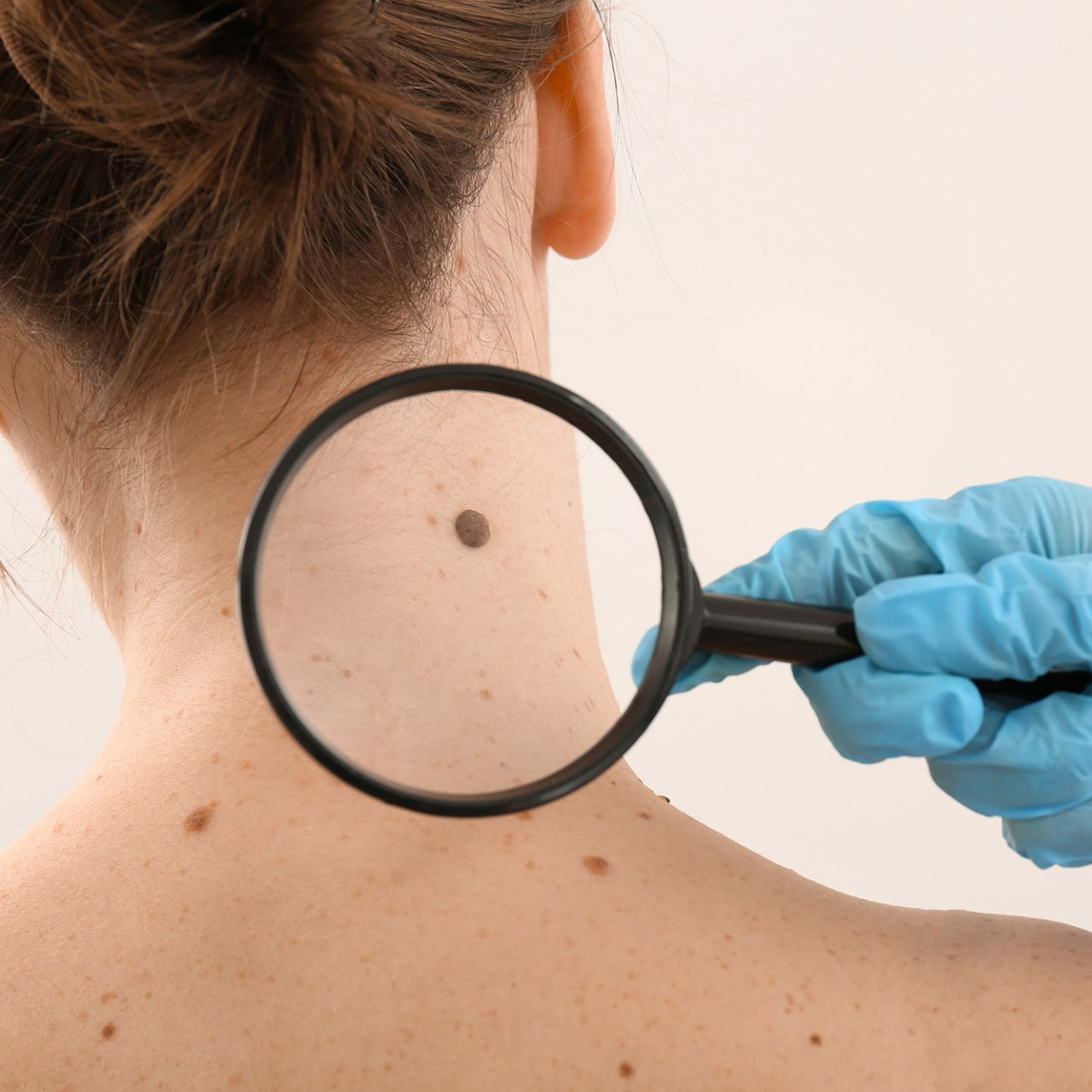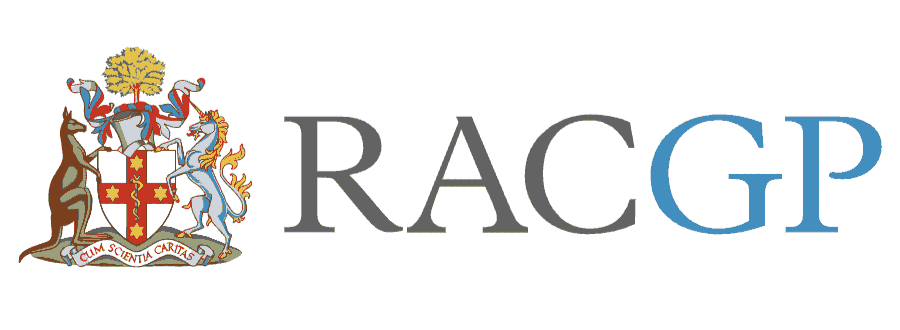Full Body Skin Checks
Many skin cancers are unnoticed by the patient, and a full body skin check sometimes reveals problems that the patient wasn't aware of. This is why we recommend a full-body skin check for all patients.
A full-body skin check is a comprehensive assessment of your skin from head to toe. The skin check takes around 15-30 minutes and you will need to undress to your underwear. We can provide an examination gown for you to wear, or a blanket to wrap around yourself if you like. The doctor will carefully inspect your body all over, looking for abnormal skin spots with unusual shapes or colours using special equipment.
Please avoid wearing nail polish, make-up or a fake tan when you come in for your skin examination, as these products can disguise spots and make them harder to find.
We will routinely examine your scalp if you are bald. If you have a full head of hair, although skin cancer of the scalp is very unlikely, it it recommended to check the scalp thoroughly. Long hair could obstruct the complete scalp examination. It would be helpful to have a haircut before your skin check to allow a thorough examination of scalp.
Your doctor will show you the photographs and point out any suspicious features. This will help you and the doctor decide if any of the spots must be treated soon, or if they should be observed for changes over a period of time. Your doctor may recommend total body photography for those patients with numerous moles.
What if a suspicious spot is found during skin check?
If you have a suspicious skin lesion on your body, your doctor may recommend to take a sample (skin biopsy) for further analysis of the lesion at a histopathology lab.
If you are diagnosed with a skin cancer, your doctor will be able to work out a treatment plan that is best for you. Most skin cancers can be treated in the purpose built rooms at our practice, either with surgery or occasionally a non-surgical treatment.
Some of the procedures performed during your full-body skin check include:
- Cryotherapy (freezing) of solar keratoses, warts and some other lesions
- Electrosurgery (burning) of sunspots or angiomas (small spots or lumps composed of blood vessels)
- Simple shave biopsies of suspicious lesions not requiring stitches.
You would normally need to return at a later date for more complicated and time-consuming procedures (for example, requiring stitches).











